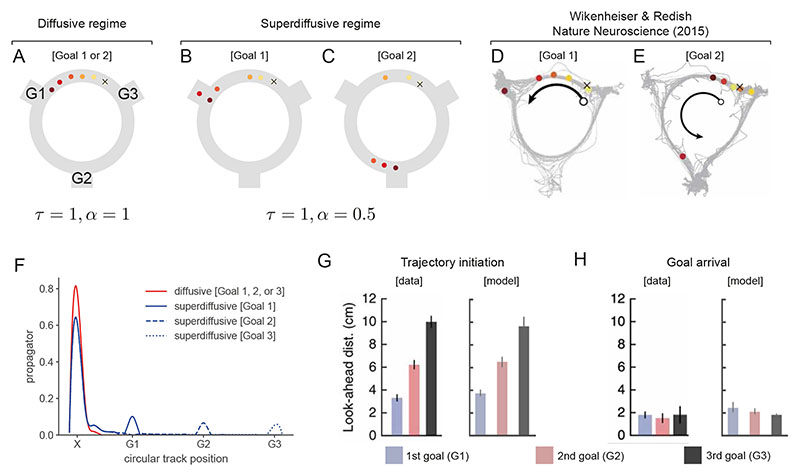Figure 4. Theta sequences generated during a goal-directed foraging paradigm exhibited non-local transitions in place coding.
Within individual theta cycles, sequences of place representations in hippocampus emanated from the current position of the rodent (X) and proceeded anti-clockwise around the track with characteristic jumps to one of three goal locations where food was available (labeled G1, G2, G3)11. Each circle corresponds to a decoded location and the color indicates the temporal order within the sequence (from yellow to red). A. Diffusive sequence generation (a = 1) typically proceeds with localized sequential place activations regardless of the target goal location. B-C. Shifting to the superdiffusive regime (α = 0.5), sequence generation activated local place representations as well as remote goal locations (goal 1 in panel B and goal 2 in panel C) but not intervening locations. D-E. Empirically observed patterns of place activation in theta sequences. Superdiffusive goal-directed sequence generation matches the key qualitative features with goal-directed sequences representing local positions near the animal as well as jumps to goal locations which were over-represented within theta sequences. F. Diffusive propagator and the superdiffusive propagators from the initial X location are plotted. The jumps-to-goals are explained by the unique bumps in the superdiffusive propagators at the remote goal locations. G. The same stability parameter (α = 0.5) generated non-local, goal-jumping trajectories ([model]) with varying look-ahead distances as observed in hippocampal theta sequences ([data], Ref. [11]). Bar heights equal the mean across theta sequences ([data]) or simulated sequences ([model]) and error bars reflect the standard error (n = 50 simulated trajectories). H. Near the goal locations, look-ahead distances were the same across goals since superdiffusive sequence generation is attracted to goals and thus automatically alters the look-ahead distance.

